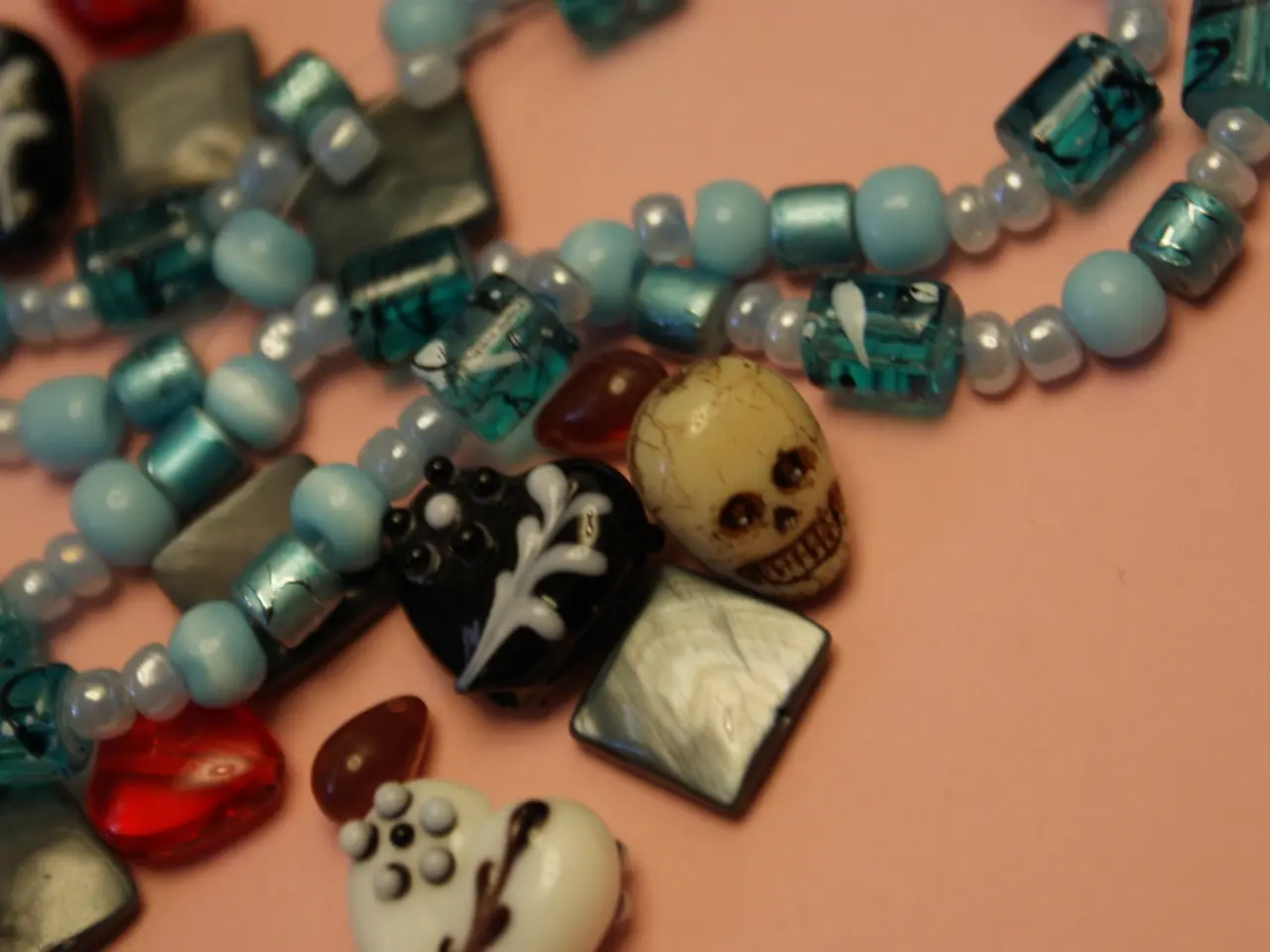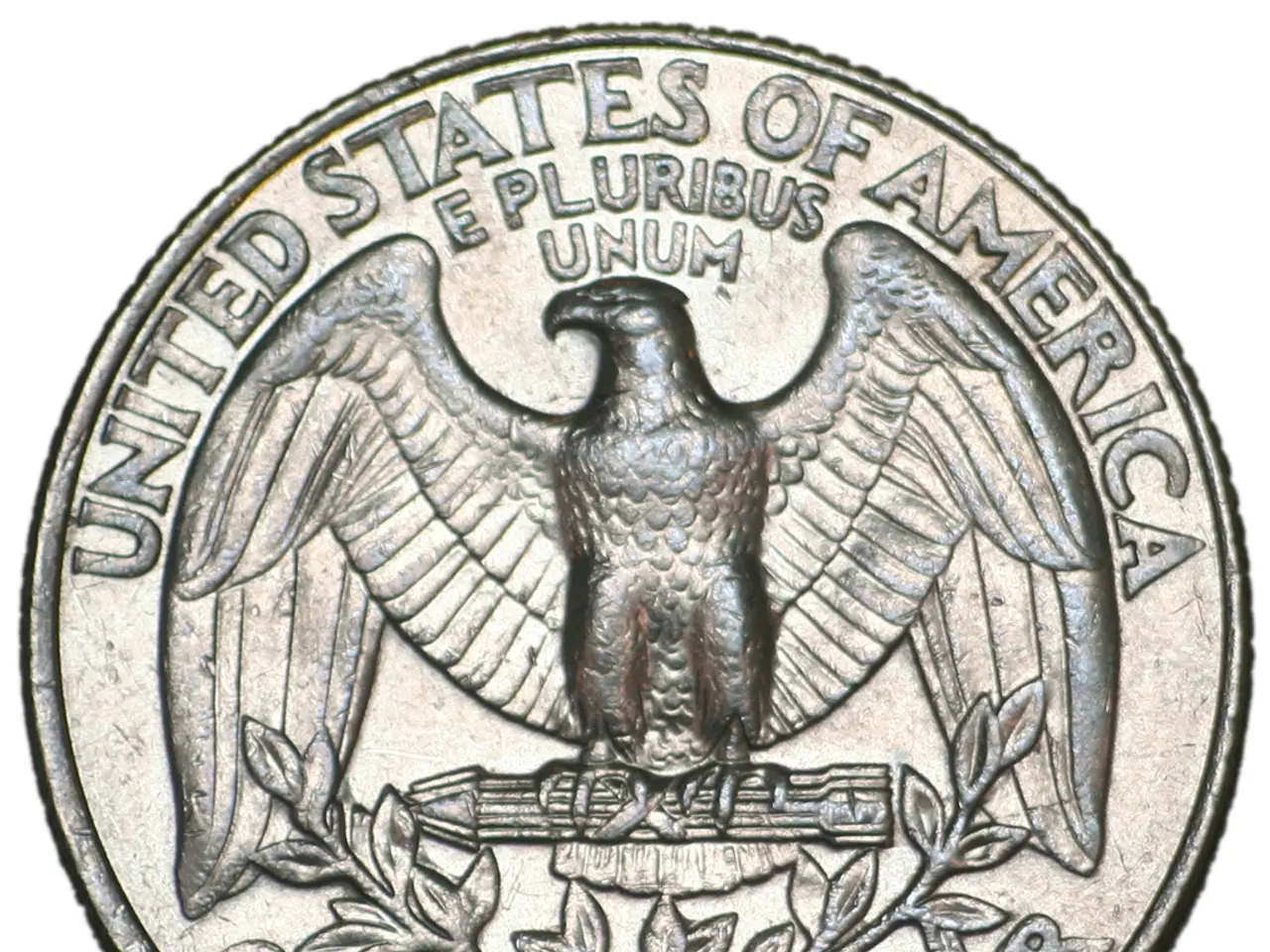Chronicle of Synthetic Diamond Production
In 1954, a groundbreaking moment occurred in the diamond industry when General Electric (GE) scientists successfully created the first synthetic diamonds using the High Pressure High Temperature (HPHT) method [2][3][4]. This pioneering process replicated the extreme heat and pressure conditions found deep within the Earth, converting carbon into diamond crystals.
Initially, the diamonds produced were small, yellowish, and industrial-grade, primarily used for non-jewelry purposes due to their numerous inclusions. The HPHT technique involved subjecting carbon to intense pressure and heat, mirroring the natural diamond formation process [1][2][3][5].
As technology advanced, improvements were made to the quality and size of lab-grown diamonds, making them suitable for jewelry [1][2][3][5]. Around the same time, ASEA, a Swedish company, also achieved success in creating synthetic diamonds.
The alternative Chemical Vapor Deposition (CVD) method emerged later, offering scientists more control over the properties of lab-grown diamonds. CVD involves growing diamonds atom-by-atom on diamond seeds in a vacuum chamber using carbon-rich gas [1][2]. This method allows for the production of large, gem-quality diamonds at lower pressure and temperature.
In 1971, the Gemological Institute of America (GIA) analysed the first lab-grown diamonds. GE's method involved using a high-pressure belt press to subject small seed crystals to temperatures of 1600o C (2912o F) and pressure of 100,000 atm, dissolving graphite in metals like iron, nickel, and cobalt to accelerate the transformation of graphite to diamond.
Fast forward to the 1980s, the cost of producing gem-quality diamonds via CVD was still prohibitively expensive, with each stone costing tens of thousands of dollars. However, advancements in technology have significantly reduced the cost, with reports suggesting it was $200-$300 per stone in 2008 and continues to fall [6].
The demand for lab-grown diamonds is on the rise, particularly among younger buyers who appreciate their lower prices and ethical sourcing [7]. In 2020, lab-grown diamond production was estimated to be between 6 and 7 million carats, primarily from China, India, and the U.S. [8]. In the first year that the GIA officially recognized lab-grown diamonds (2007), they accounted for just 0.05% of all diamond reports [9].
Today, with De Beers, the world's largest diamond mining company, entering the lab-grown diamond market with their line called Lightbox, it seems that lab-grown diamonds are here to stay, offering a sustainable and affordable alternative to natural diamonds.
References:
- Britannica, Lab-grown diamond
- Forbes, The History of Lab-Grown Diamonds
- Smithsonian Magazine, The History of Synthetic Diamonds
- GE Research, The History of Lab-Grown Diamonds
- NASA, How Are Diamonds Formed?
- CNBC, Lab-grown diamonds are getting cheaper. Here's why
- Bloomberg, Lab-Grown Diamonds Are Gaining Ground on the Real Thing
- Reuters, Lab-grown diamond production to top 7 million carats in 2020
- GIA, Lab-Grown Diamonds
Scientists in the 1950s used mineralogy principles to create the first synthetic diamonds, mirroring natural diamond formation under high pressure and temperature. Improvements in science and technology led to the production of larger, gem-quality lab-grown diamonds suitable for jewelry in the following decades. In the future, advances in technology such as the Chemical Vapor Deposition (CVD) method promise to further reduce the cost of lab-grown diamonds, making them an affordable and ethical alternative to natural diamonds in the jewelry industry.




